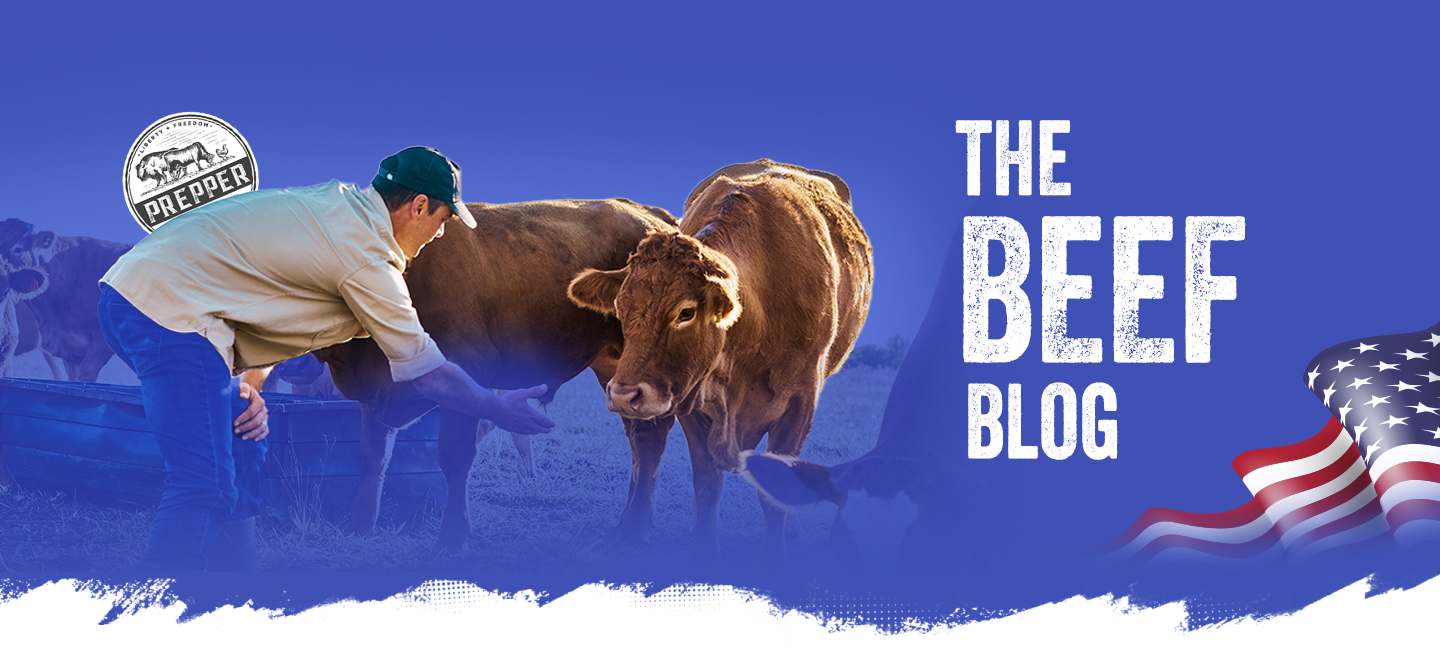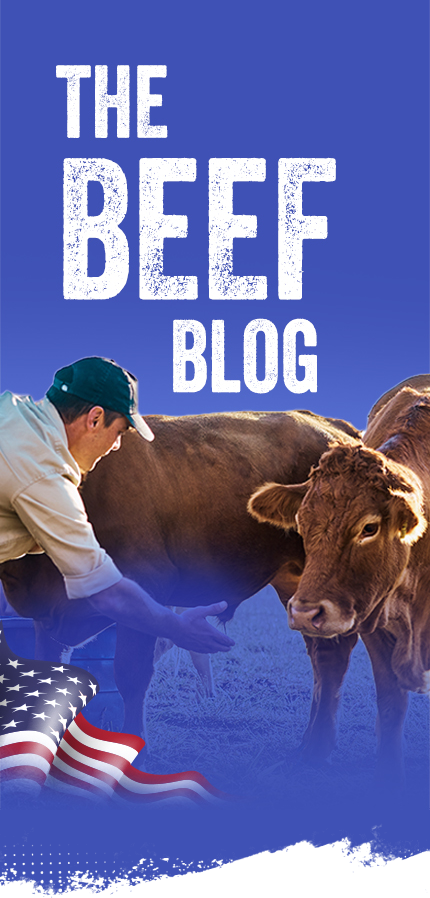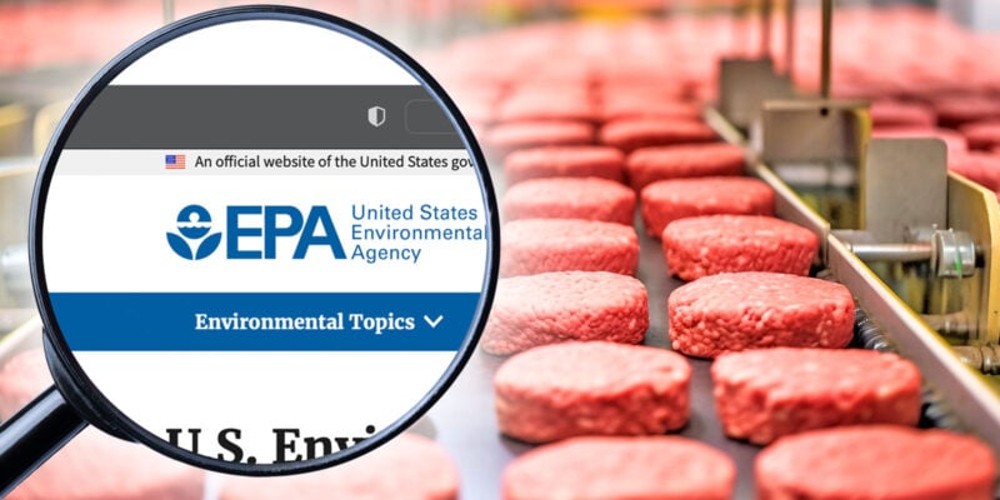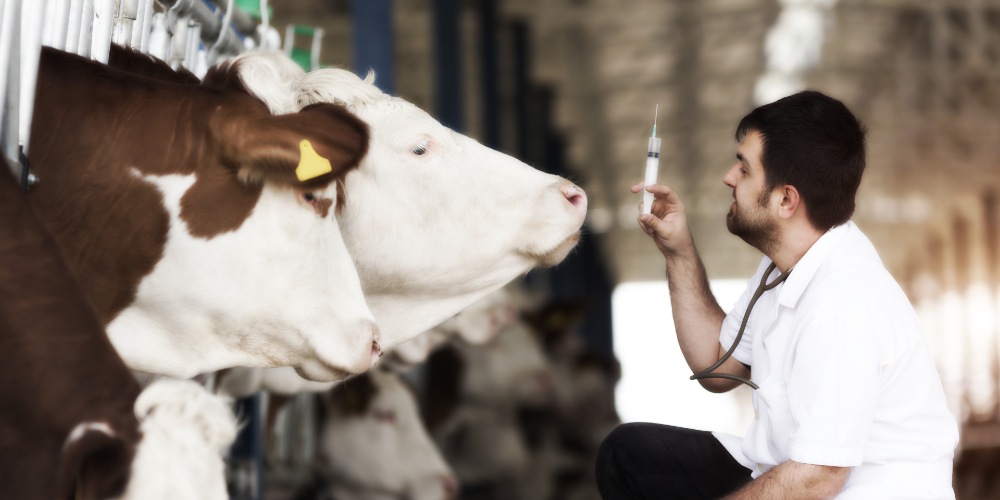The EPA’s proposed new limits on how much nitrogen, phosphate and other pollutants meat processing facilities can discharge into surface waters will disproportionately affect small meat processors, likely forcing many of them to close or sell out to big corporations. Article by Michael Nevradakis, Ph.D., from The Defender.
(The Defender)—The U.S. Environmental Protection Agency (EPA) is proposing new limits on how much nitrogen, phosphate and other pollutants meat processing facilities can discharge into surface waters.
The EPA said the proposed rule change will “improve water quality and protect human health and the environment.”
But some critics argue it also will hurt small processing facilities that won’t be able to afford the upgrades required to comply with the new rule.
Small facilities will either shut down, resulting in fewer local meat sources for consumers. Or they’ll sell out larger corporations, contributing to even greater consolidation in the meat industry.
Describing it as “a direct attack on the buy local foods movement” and local meat producers, American Stewards of Liberty, the Kansas Natural Resource Coalition and other organizations submitted comments opposing the proposed rule.
Small meat producers ‘unable to sustain these costs’
Representatives of the two groups told The Defender why they opposed the EPA’s proposal. Tracey Barton, Kansas Natural Resource Coalition’s executive director, said:
“The proposed EPA rule will require costly upgrades for meat processing facilities. The anticipated cost is $300,000-$400,000 for the initial upgrade with annual maintenance fees of $100,000.
“In Kansas, many small meat processors are unable to sustain these costs and will be forced to close their doors. For the facilities that are able to sustain the increase in capital, the costs will be passed onto farmers/ranchers as well as consumers, driving meat prices, which are at an all-time high, even higher.”
Margaret Byfield, executive director of American Stewards of Liberty, said, “What is very concerning to us is that in the rule, they have several alternatives … The most extreme of these would apply to, by their own numbers, around 3,700 meat processors. So, that’s going to capture your small local meat processor.”
According to American Stewards of Liberty, the EPA’s current rule, enacted in 1974 and last amended in 2004, applies only to “approximately 150 of the 5,055” small processors in the U.S.
Byfield said the rule would put small processors out of business and add to further concentration in the meat industry:
“The cost of the regulation is what is going to run these small meat processors out of business. It is taking away Americans’ ability to choose if they want to buy their food locally.
“And you probably know there’s a huge movement right now of people very concerned about the consolidation of food in America to where we only have four major meat processors in America, the big guys.”
According to Barton, an estimated 910 million pounds of protein are expected to be removed from the U.S. food supply if the rule change goes through as written.
“There are also indirect negative effects on farmers and ranchers: limiting access to local meat processors, restricting the ability to sell to local consumers and requiring herd reduction or liquidation.”
Howard Vlieger, a member of the board of advisers of GMO/Toxin Free USA, told The Defender the EPA’s proposed rule is devoid of common sense.
“The first question that I would ask is, what is their desired outcome? Is the agency wanting to drive small packers out of business?” he asked.
According to Barton, what prompted the EPA’s proposal was “an environmental sue and settle case,” Cape Fear River Watch et al. v. United States Environmental Protection Agency, which “the EPA settled within four months … agreeing to modify their rules.”
A consortium of environmental organizations filed the lawsuit in 2022, alleging most meat processing facilities were not governed by water pollution standards.
As a result of the settlement, the EPA determined that revisions to its water pollution rules for meat processing facilities were “appropriate” — leading to the new proposal.
Byfield said, “The rule isn’t in effect yet” and that “the next step in the process is to go through all those [public] comments … revise their rule based on those comments and then issue a new final rule.”
However, she warned the EPA may skip certain steps.
“Typically, in this process, you have a second comment period … However, what we’ve seen from this administration is, they bypass that second set of comments. We anticipate that they’re going to try and push this rule out as quickly as they can … before the window of the Congressional Review Act kicks in,” Byfield said.
What this means, said Byfield, is that if the administration changes, Congress can review and revoke “anything that was finalized” within 90 legislative days of that time.
Local economies, consumers will suffer
Local economies will suffer if small processing facilities close, Byfield said.
“When a beef is processed in a local meat processing plant, that butcher is buying his groceries there, he’s hiring people there, everybody is turning over their dollar in that community, and that’s what drives that local economy,” Byfield said.
“When you start shutting down industries, that’s one way to dry up a local economy so that people don’t live there anymore,” she added.
Writing on Substack, Dr. Robert Malone said the EPA anticipates the new rules will, at least, “result in the closure of 16 processing facilities across the country … However, on the high side, EPA estimates include an impact range of up to 845 processing facilities.”
Byfield was not optimistic, projecting that many meat processing facilities will be bought out by large companies and subsequently forced to close if the rule takes effect.
“I think that the likely scenario is they’d shut them down, because it makes more sense to spend the $300,000-400,000 in one facility, not in five or six. I mean, that’s a huge cost even to the big guys,” she said.
Vlieger said, “There are many common-sense options that could be utilized that would be cost-efficient and simultaneously utilize the nutrient sources for crop production, but the EPA seemingly wants to regulate small processors to death.”
Large meat processors — particularly concentrated animal feeding operations, or CAFOs — are the ones who benefit from favorable policies, he said.
“Small processing facilities are already at a disadvantage due to the costs for the rendering components of slaughter of all species of meat animals and poultry. Whereas the largest packing companies receive credits for hide and offal, the small processors have an expense to dispose of the offal,” he said, referring to additional revenue large meat packing facilities can earn by selling meat by-products.
“This is an example of the government picking winners and losers. The losers are farmers/ranchers and small meat processors who cannot afford to comply with the capital investment to meet the EPA standards,” Barton said.
Byfield said consumers may be left with fewer options if the rule is passed:
“For those who really are interested in good nutrition and quality, they know the best food is that which is freshest, which was grown locally. That’s where you’re going to get your most nutritious food.
“This would take that option away because that meat processor now, or your local producer, whoever is raising your beef or your lamb or chicken, they’re going to have to travel such a large distance to go to a major processor that it’s going to be unprofitable for them. Or … they’re going to have to increase the price to where it’s out of range for the common citizen to make that choice.”
Byfield said that access to local meat producers also allows consumers to build relationships with farmers and ranchers and to learn what goes into the meat they buy.
“A lot of these local producers will invite you out to their property … And so, you know where your meat’s coming from and you know what it’s being fed, and whether it’s getting mRNA vaccines or some of these other very controversial things … You can see that, and you can monitor it because it’s local,” she said.
“We think people should have the ability to buy their food locally if that’s what they choose,” Byfield said, likening the EPA’s proposal to rules the agency implemented in the 1960s and 1970s that resulted in many small butcher shops going out of business.
“You no longer have that local butcher store,” Byfield said. “Now, you have more regional butcher shops where they have to be large enough so that they’re processing more meat pounds per day, per week, per month, so that they can afford that regulatory burden that’s already there,” Byfield said.
Byfield said that a proposed congressional bill, H.R.7079, also known as the “Beef Act,” would “stop this rule,” urging the public to call their local congressional representatives.
“Additionally, we believe there is going to be an effort to defund the rule through the appropriations process,” Byfield added.
“Consumers need to step up and speak out against these draconian government actions,” Vlieger said. “The number of small farmers is small, and their voice does not carry the weight that varying consumer organizations have.”
“More than ever, it is crucially important to know your farmer and know your food,” Vlieger said.
This article was originally published by The Defender — Children’s Health Defense’s News & Views Website under Creative Commons license CC BY-NC-ND 4.0. Please consider subscribing to The Defender or donating to Children’s Health Defense.
























Leave a Reply